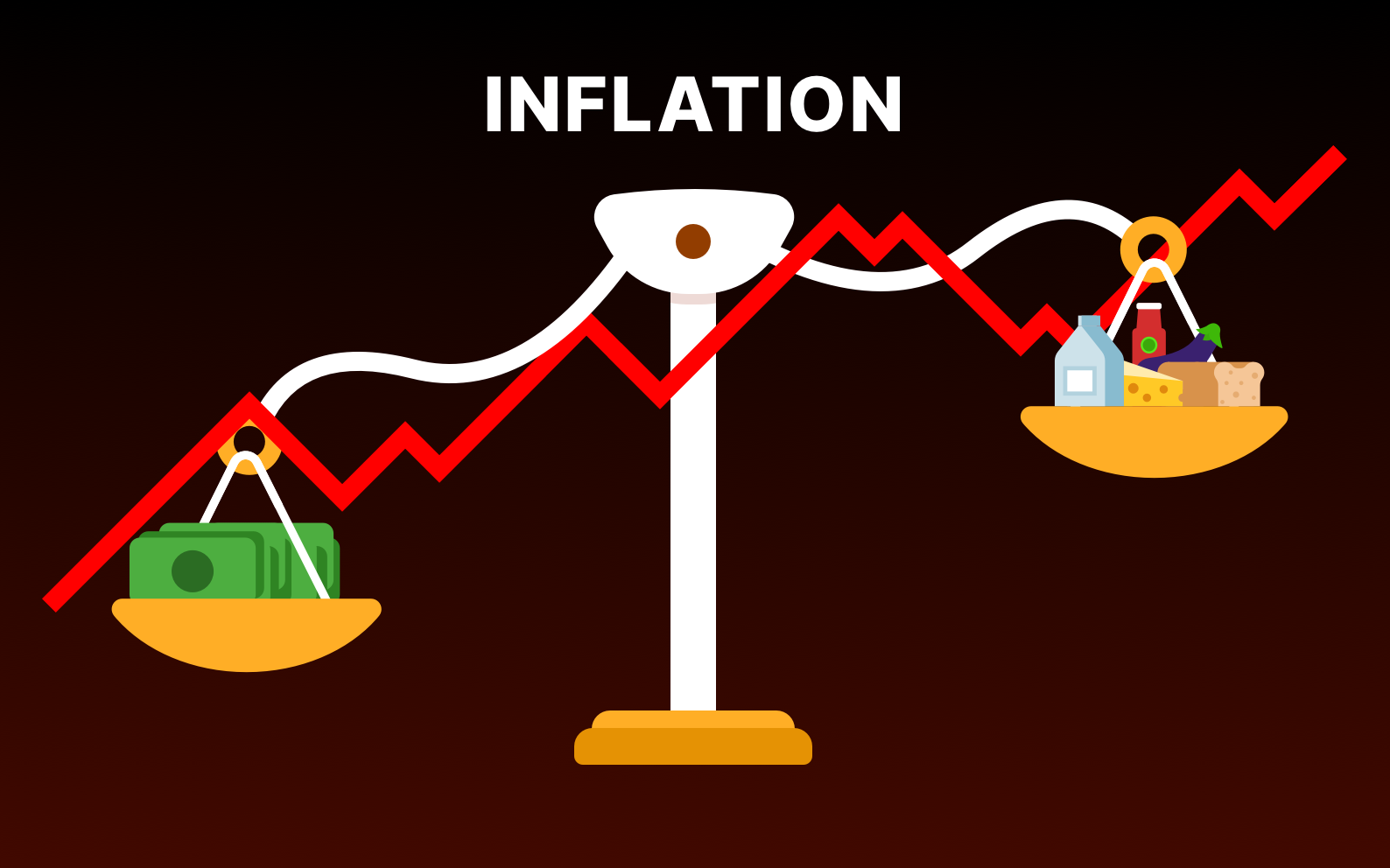The pressure we faced by inflation this year is not unprecedented, but surely historic.
The Producer Price Index, which tracks inflation in the U.S. by measuring average selling prices increased by 11.2% in the period between December 2020 and March 2022.
But some industries have been affected more by inflation than others. In this post, we’ll help you:
- Identify how exposed you are to them
- What you can do about it
- Understand the investment opportunities in an inflationary environment
Let’s get into it…
Industries Most Affected by Inflation
- Oil and gas extraction (2-year change in prices: +233.3%)
- Petroleum and coal products manufacturing (2-year change in prices: +135.4%)
- Primary metal manufacturing (2-year change in prices: +69.0%)
- Gasoline stations (2-year change in prices: +22.5%)
- Furniture and home furnishings stores (2-year change in prices: +41.7%)
Opportunities Created by Inflation
The financial results of inflation are not easy to forecast. However, by examining history we can make some intelligent assumptions.
Starting backward, debt (such as treasury bills and corporate bonds) is an asset that doesn’t fare well during high inflation periods. First, the fixed interest paid on debt can be smaller than the inflation rate, making the lender incur a loss. Second, borrowers are more likely to default on their obligations.
But there are certain assets that can provide some advantage during (or at least protection from) high inflation years:
- Consumer staples stocks (companies in this sector can pass production costs to the consumer more quickly than others)
- Commodities (gold, oil, copper, soybeans, cotton, etc. are all tangible assets that can rise in value along with the finished products made from them during inflation)
- REIT (Real Estate Investment Trust) stocks (rental income tends to rise with inflation and, consequently, so does real estate value)
Time to Update your Investment Strategy?

Here are some tips that will help you protect your portfolio from inflation:
- Update your Portfolio
Your diversification level has to adapt to a high-inflation period. Based on the above industries we mentioned, examine your holdings and reduce your exposure to them by transferring funds to other industries like real estate and consumer staples or different asset classes like commodities. Use Wealthica’s free balance sheet power-up to see if you’re on track.
You might also find it useful to monitor your equity holdings by using Wealthica’s ability to group them according to your preferences through the portfolio tool.
Last, if you want to run a time-efficient analysis of your portfolio’s current status, make sure that you add the Wealthscope power-up to your Wealthica account. This will allow you to evaluate your risk, performance, diversification, fees, and more in an easy-to-understand format. - Increase your Income from Investments
Examine your dividends, distributions, and the interest you are receiving by using Wealthica’s free income power-up. During inflation, companies may increase their dividends so it pays to move your fixed-income funds from underperforming holdings to new opportunities. - Manage your Fees
Even if you invest your money to fight inflation, transaction-related fees can increase and hamper returns. Wealthica’s fees report power-up will show you if there’s room for some expense trimming.

